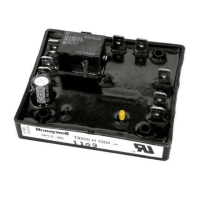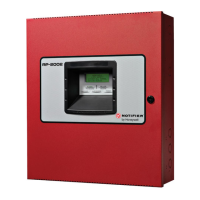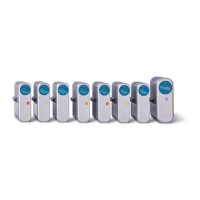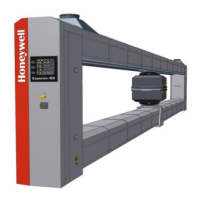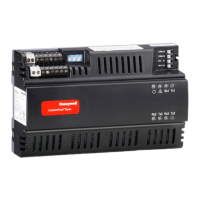3. B. Flight Director/Autopilot Functional Description
(1) General
Paragraph 3.B.(2) discusses conditions and functions that are
referred to
in the text accompanying each mode of operation in
paragraphs 3.B.(4), (5), and (6).
These paragraphs discuss the
signal
flow through the flight guidance computer for each flight-
path mode and the associated roll, pitch, or yaw flight control
axis. Figures 259, 260, and 261 are simplified diagrams that show
the signal flow and interconnect wiring for the applicable selected
flight director mode and autopilot axis. Figures 254, 255, and 256
are AP, YD, Mach Trim, and PFD-CMD select, mode select, and AP
engage logic diagrams that are used in conjunction with Figures 259,
260, and 261 to aid in understanding the system operation.
(2)
Control Functions
(a) Lateral Beam Sensor (LBS)
When flying to intercept the VOR or LOC beam, the LBS will be
tripped as a function of beam deviation,
course error, TAS and
DME. In the LOC mode, the course error is compared with the
beam deviation signal and rate of crossing the beam to
determine the LBS trip point.
When the LBS trips,
the flight director commands a turn toward
the desired VOR radial or runway at the optimum point for a
smooth capture of the beam.
If
the intercept angle to the beam
center is very shallow, the
LBS will not trip until the
aircraft is near beam center.
For this reason, an override on
the
LBS occurs when the beam deviation reaches a specified
minimum. The minimum beam sensor trip point for the VOR mode
is ~20 mv.
In the LOC mode, the minimum trip point is f35 mV.
The maximum LBS trip point is t175 mV in VOR and t200 mV (*175
mV -906/907 FGC) in LOC.
(b) Vertical Beam Sensor (VBS)
The VBS determines the point of glideslope capture utilizing a
number of inputs.
The VBS is armed when the NAV radio is tuned
to a LOC frequency, the LOC receiver is valid, and the LBS is
tripped. The VBS trips as a function of vertical speed, TAS,
and glideslope deviation.
The VBS will trip when vertical
deviation is less than 150 mV and acapture sensor is
satisfied. The capture sensor combines airspeed, rate of
change of beam deviation,
and acceleration to determine the
optimum capture point.
In the event the aircraft is
paralleling the beam, i.e., no beam closure rate, the VBS will
trip at a vertical deviation less than 20 mV. This will reset
the previously selected pitch mode and change aircraft attitude
to smoothly capture the glideslope beam.
22-14-00
Page 298.43
Apr 15/93
Useor disclosure of information onthispage issubject to the restrictions onthetitle page of this document.

